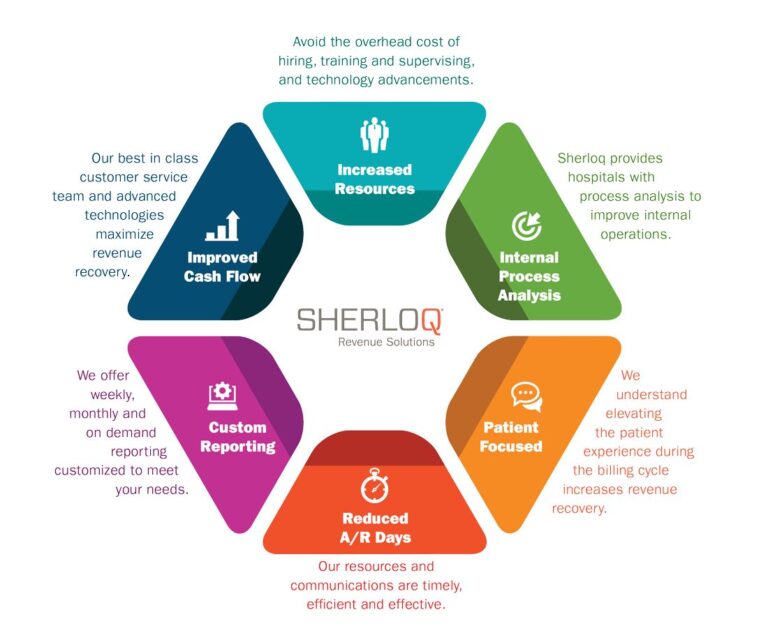
Few things cause a spike in anxiety quite like an unexpected medical bill. The dense jargon and looming due date can create immense stress, often turning the financial process into an adversarial tug-of-war that frays patient trust. For decades, this confrontational model has been the industry standard.
But what if the process of collecting that debt wasn’t a battle? What if it was designed to be helpful, flexible, and respectful? It sounds like a paradox, especially in an industry known for aggressive tactics. Yet, a new breed of healthcare financial service is achieving a startling 97% positive patient satisfaction rating for their collections process. Unpacking that number reveals a fundamental reinvention of the financial relationship between patient and provider, driven by a series of counter-intuitive strategies.
1. The 97% Satisfaction Score Isn’t a Fluke—It’s a Core Business Metric
The 97% rating is not an accident; it’s the direct result of a strategic pivot to “early out” collections. This isn’t the traditional, aggressive approach to bad debt. Instead, it’s a proactive service designed to engage patients and recover balances before they become delinquent and are written off. The most counter-intuitive fact is just how successful it is from a patient-experience standpoint.
This number’s credibility is backed by immense scale: it is sustained across more than half a million completed surveys. This volume proves the result is the outcome of a systemic process that reframes patient satisfaction from a soft, “nice-to-have” goal into a hard, central Key Performance Indicator (KPI). The engine behind this is a real-time feedback loop. Patients are invited to complete a short survey immediately following every interaction, meaning leadership knows if a conversation fails to meet standards almost immediately. This creates an incredibly tight loop between performance and measurement, making every agent directly accountable for the quality of the patient conversation.
2. Empathy Is the New Engine for Financial Recovery
This model is built on a “compassionate collection approach,” a philosophy that fundamentally shifts the collector’s role into a dual one equally focused on customer service. The primary job isn’t just to secure payment, but to ensure the patient feels respected and supported—a stark contrast to the confrontational tactics of the past.
This approach works because it is supported by practical, patient-centric technology and processes:
- Flexible Payment Options: Instead of a single, rigid demand, this model offers custom payment plans tailored to what a patient can realistically handle. It effectively applies a subscription model, breaking down a large, intimidating bill into smaller, more manageable monthly chunks.
- Frictionless Access: Acknowledging that life doesn’t run on a 9-to-5 schedule, these services provide secure online portals for 24/7 payments. This is combined with multi-channel communication options—including calls, texts, and emails—allowing patients to engage on the platform most convenient for them.
However, this convenience introduces significant operational complexity. The technology isn’t just for the patient; it’s a critical tool for managing the immense compliance risk of communicating about debt across multiple channels, requiring strict adherence to regulations like HIPAA and the Fair Debt Collection Practices Act (FDCPA). Underpinning this entire system is a seamless integration with the provider’s Electronic Health Record (EHR) system. If that data flow fails, patients get confusing bills, and as one source noted, “poof, there goes your 97% satisfaction.”
3. The Best Collection Strategy Starts Before the Bill Is Even Sent
The most successful early out services are part of a broader revenue cycle partnership that begins long before a patient ever sees a bill. This proactive approach is key to preventing the frustration that leads to unpaid balances, effectively plugging leaks along the revenue pipe.
Two pre-billing strategies are fundamental to this process:
- Insurance Follow-Up & Denial Management: Before billing a patient, these partners work to maximize what insurance payers will cover. By aggressively fighting denials and managing appeals, they ensure that costs are not unfairly pushed onto the patient, reducing the final out-of-pocket amount.
- Pre-Service Communication (PSC): This strategy involves proactively communicating estimated out-of-pocket costs to patients before a scheduled procedure. By setting clear financial expectations upfront, providers prevent “sticker shock” and give patients time to plan.
Together, these strategies transform the conversation. The dynamic shifts from chasing a debt after the fact to collaborative financial planning before care is delivered—a fundamental change essential to maintaining patient trust.
4. The Goal Isn’t Just Good for Collections—It’s to Be as Good as High-End Retail
The ambition of this new model extends far beyond outperforming other collection agencies. The goal is to redefine what constitutes excellent service in healthcare finance altogether. This mindset is best captured by Timothy Hall, VP of Business Development for one such service.
The goal is always to improve, to push for 98%, maybe even 99%.
Aiming for 99% satisfaction in a collections environment signifies a profound paradigm shift. It means the organization no longer benchmarks itself against others in the debt collection industry. Instead, it is measuring its performance against top-tier customer service leaders in sectors like hospitality or high-end retail. This is significant because for those industries, an exceptional customer experience is not a feature; it is the entire basis of their business model.
Conclusion: The Final 3% Frontier
The key takeaway for healthcare leaders is that patient satisfaction in the revenue cycle is no longer a soft metric, but a hard-edged KPI with a direct impact on financial recovery. By combining genuine empathy with smart, efficient technology, providers can protect their brand, preserve patient relationships, and improve their financial health simultaneously.
If a 97% satisfaction rate is achievable for something as inherently stressful as a medical bill, it leaves a final, thought-provoking question. What are the incredibly difficult emotional triggers, communication gaps, and unique circumstances that make up that final, stubborn 3%? As we look to the future, the real frontier is figuring out what it will take—be it advanced AI for hyper-personalization, new communication channels, or something else entirely—to finally solve for that last fraction of patients and close the gap.




